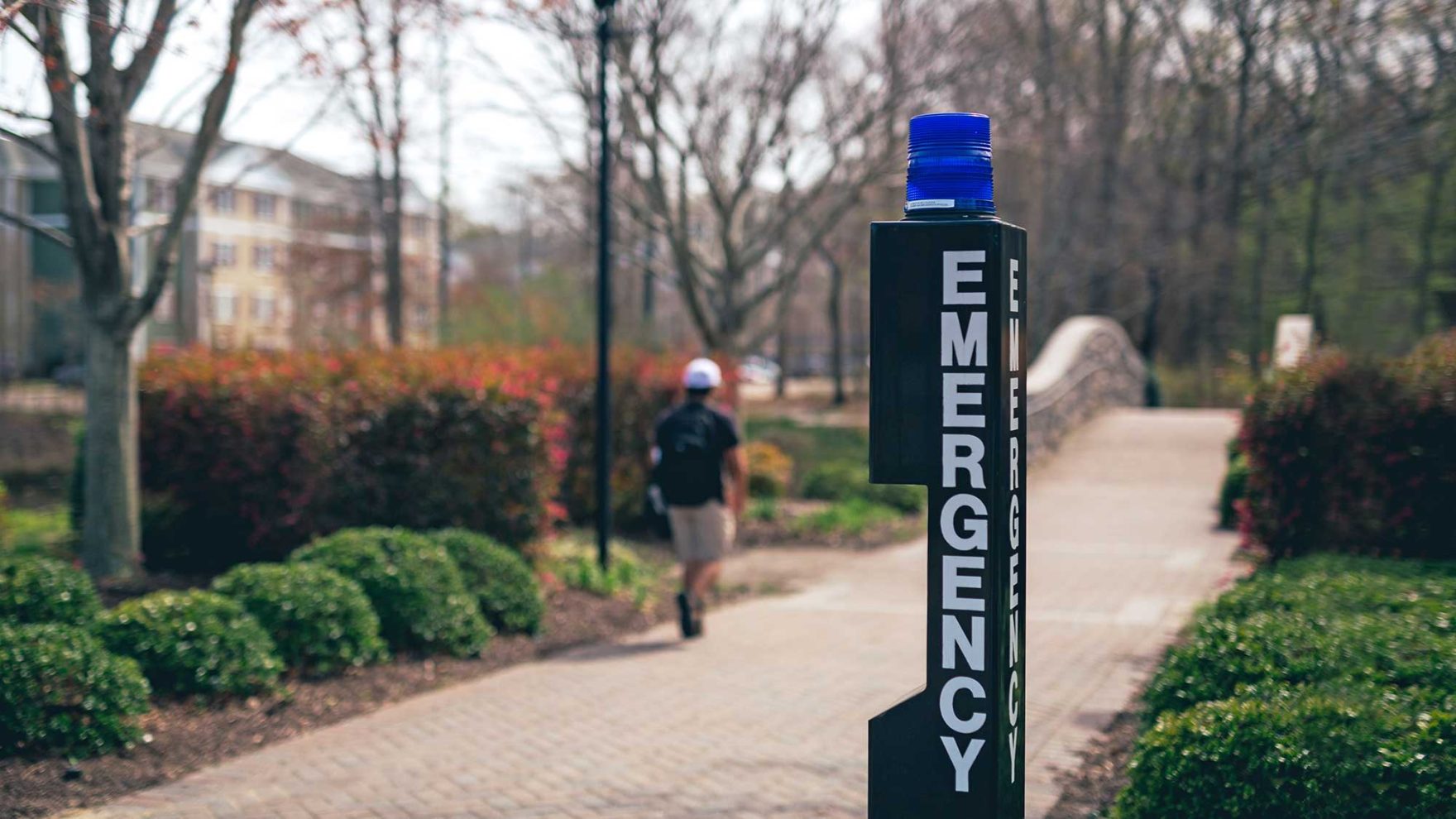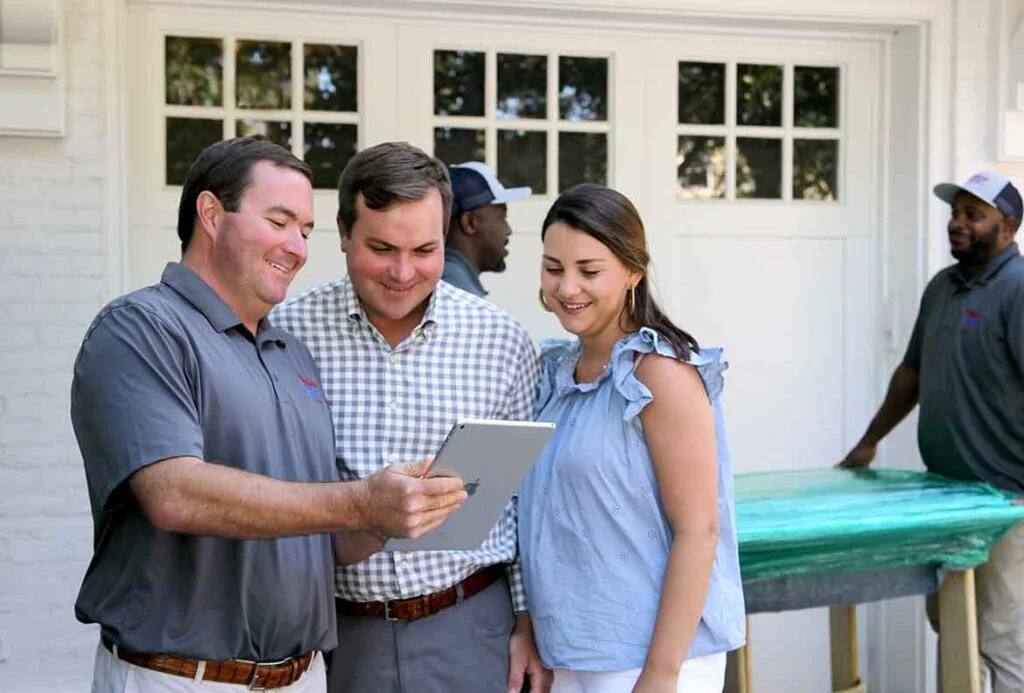Preparing for the fall semester is a time filled with excitement and the promise of new opportunities for students, faculty, and staff across the country. Amidst these feelings also comes the reality of heightened activity on campus and new surroundings for many new students.
Most colleges and universities today have Offices of Public Safety and place the physical and emotional well-being of all individuals on campus in their overall mission. There is a growing need for technology that supports the evolving challenge of campus safety and can address issues in real time.
Live video technology enables individuals on campus to communicate with the appropriate responding party quickly, reliably, and securely. For colleges and universities, an effective live video solution also supports their responsibility to the Clery Act, requiring an Annual Security Report, timely warnings of threats, defined emergency response procedures, up-to-date crime logs, and reporting from Campus Security Authorities.
To be effective on campuses, live video technology solutions must accomplish the following:
1) Frictionless connection: Speed and ease of connection are essential for live video to be an effective and trusted tool. If using a mobile device, it’s important that any device make and model and any browser can be used to instantly get in contact with the appropriate responding party. Equally pivotal is the way a video session is initiated when an emergency occurs or a non-emergency event needs to be reported. The most advanced video tools offer various methods of initiating a live video call including clicking a button on a bookmarked webpage, scanning a QR code while walking through campus, completing a form on a website, and clicking a texted link from the appropriate responding party.
2) Reliability: No matter the network stability, weather, or number of people interacting with a tool, a video call must always start. Oftentimes the circumstances requiring emergency response do not occur in perfect conditions, and a live video tool needs to work every time.
3) Scalability: Many solution providers do not own the entire technology stack which means there’s an inability to scale while maintaining quality. If being used on large and small campuses across the country, a video solution tool must be able to adapt to high volume, which makes full-stack technology ownership a requirement. For example, LiveSwitch has delivered interactive, sub-second low latency video to thousands of virtual fans and simultaneously engaged with live entertainment productions.
4) High-quality video: Documentation, monitoring, and understanding of a scene as it unfolds is one of the primary purposes of a video tool used for campus safety. If a video stream is choppy, blurry, or cuts out there is a risk placed on the caller and the responding team. Premiere live video providers ensure their tool will deliver the highest quality video stream under any condition.
5) Integration with existing systems: The majority of colleges and universities already have basic systems in place to monitor campus safety. To enhance the current process with live video, it needs to be incredibly easy to integrate. Companies like LiveSwitch have expert teams backed by 15 years of experience that can execute integrations seamlessly.
6) Adaptability: New needs are constantly arising in campus safety which means video technology providers need to adapt quickly with product updates and feature enhancements. Companies that own the full stack of their technology can very easily make these changes compared to those that are constrained by waiting on third parties.
In today’s world, where incidents of violence and safety concerns are prevalent, campuses must proactively address these issues to protect their community members and provide an environment conducive to learning and personal development. Campus safety measures should be comprehensive, including policies, personnel, technology, and community engagement to create a safe and inclusive environment for all.




